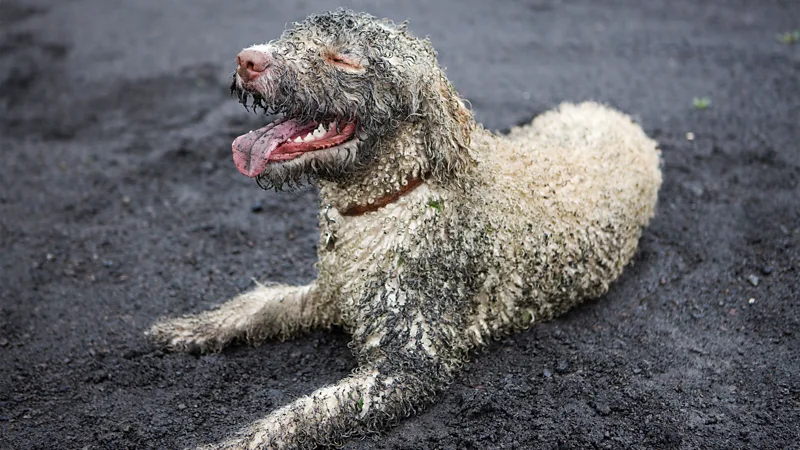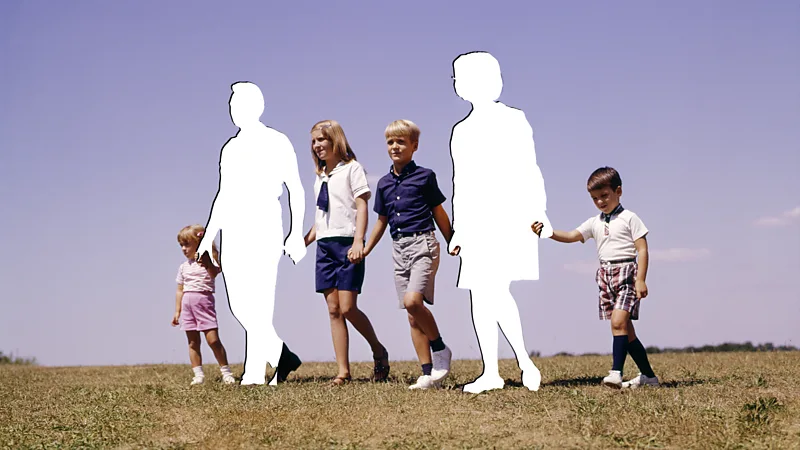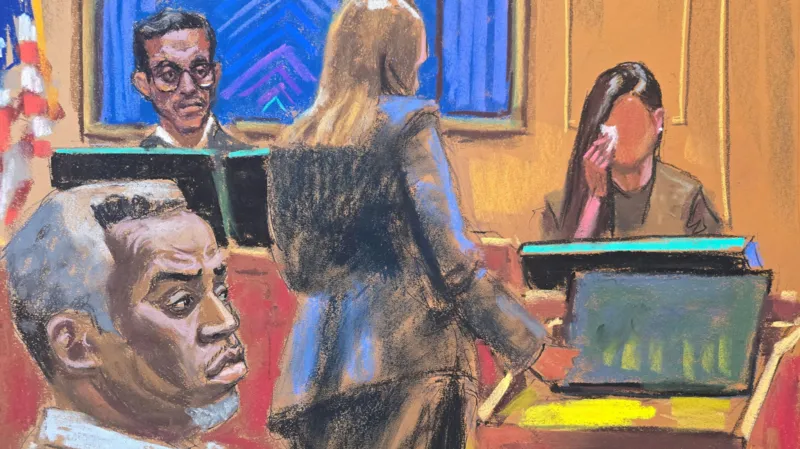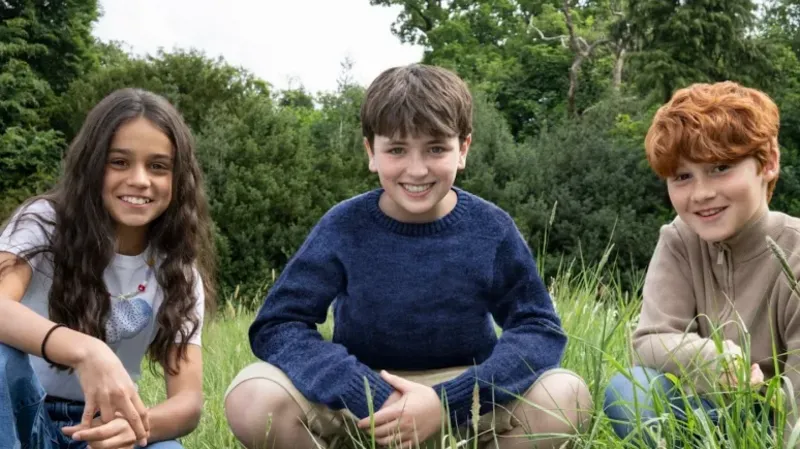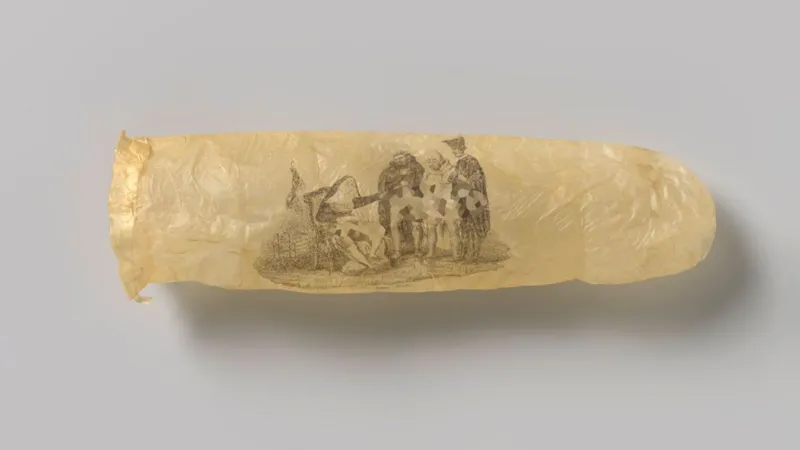Five of the most haunted places in Britain
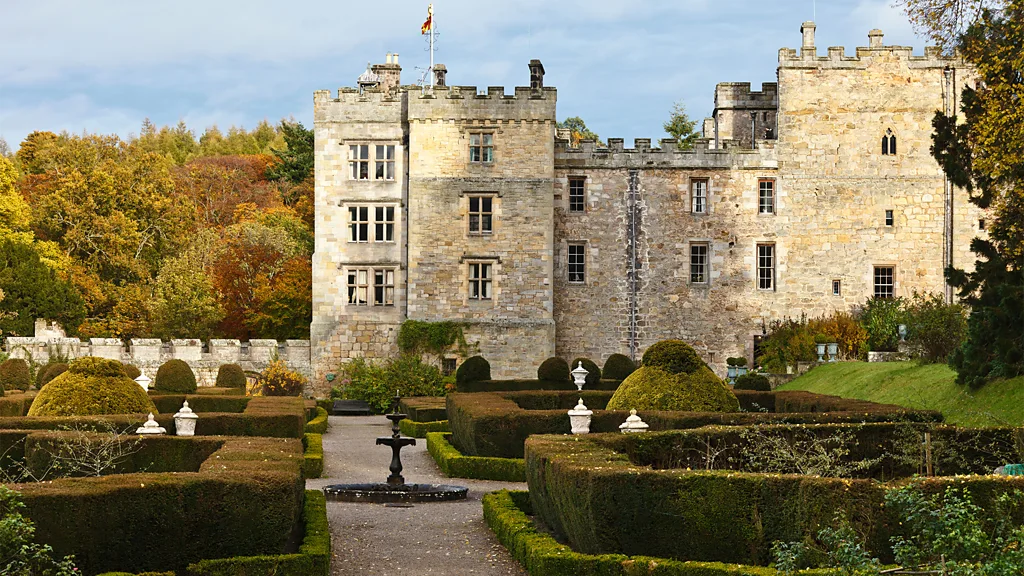
Every country has its ghost stories, its mythical monsters and its ghoulish urban legends. But the United Kingdom – the home of the Gothic novel and the birthplace of paranormal investigation – may stake a claim to being the most haunted country on Earth.
With one of the world's highest concentrations of castles and no shortage of centuries-old pubs and coaching inns, there are plenty of reputedly haunted places to enjoy a drink or a meal, or even lay your head for the night – if you're feeling brave.
In addition, the country's relatively small size means it's possible to combine several of these places into one ghost-heavy itinerary. Here's where travellers with a penchant for the paranormal should head to get spooked this Halloween.
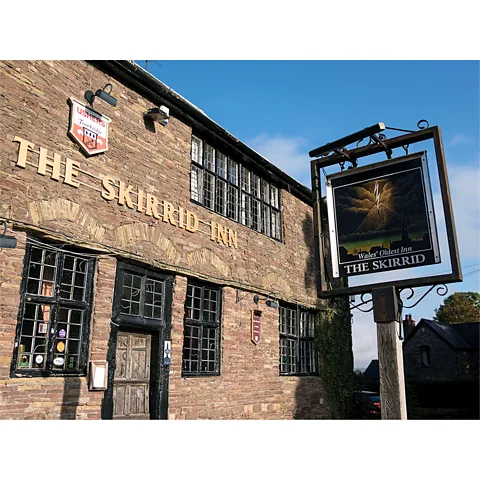 Dating to the 1100s, the Skirrid Inn is believed to be the oldest pub in Wales (Credit: Alamy)
Dating to the 1100s, the Skirrid Inn is believed to be the oldest pub in Wales (Credit: Alamy)With a history going back 900 years, the Skirrid Inn in the eastern fringes of Bannau Brycheiniog (Brecon Beacons) National Park is the oldest pub in Wales. If you believe the locals, it's also the most haunted. The building's ghostly associations go back to its former life as a courthouse and jail, which saw hundreds of prisoners executed by hanging from a wooden beam that still sits behind the bar.
Reports over the centuries tell of glasses flying across the bar, creepy laughter echoing from the upstairs rooms and sudden drops in temperature. Ghost hunt evenings are held here several times a month, and you can also stay in one of the guestrooms, which are as cosy and traditional as the pub downstairs, with its stone hearths, log fires and hearty home-cooked food. It's also a lovely base for walks in nearby Coed y Cerrig, a wooded glacial valley tucked away in the Black Mountains.
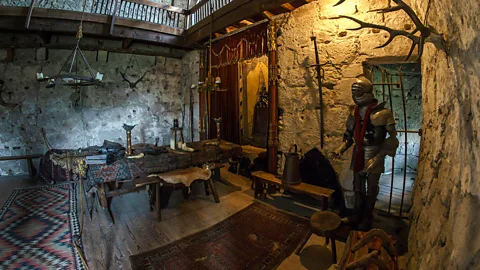 Chillingham Castle runs evening ghost tours that explore the
Chillingham Castle runs evening ghost tours that explore the2. Chillingham Castle, Northumberland
In the remote reaches of rural Northumberland – one of England's most beautiful yet under-appreciated corners – lies Chillingham, reputedly the country's most haunted historic castle. Beginning life as a monastery in the 12th Century, Chillingham frequently came under attack by raiders from Scotland, whose border is barely 15 miles from here. The monastery was fortified into a castle in 1344 as it was strategically important for the English armies heading north – King Edward I, for example, stayed here in 1298 while en route to fight Sir William "Braveheart" Wallace.
Throughout the medieval period, Chillingham harboured many prisoners, the most unfortunate of whom came under the dubious care of John Sage, a torturer with the well-earned sobriquet "Butcher of the Scots". Today, replicas of Sage's fearsome torture devices – spiked chairs, twisting racks, iron maidens and the like – are on display in the castle's dungeon. Evening ghost tours of the castle, meanwhile, tell of some of the wandering spirits said to roam its corridors, including the "Blue Boy", a glowing apparition of a child said to haunt one of the corridors; another often reported is a ghostly lady said to stalk one of the courtyards at night, begging passersby for water.
For the full Chillingham experience, though, stay overnight in one of the castle's historic guestrooms: modern self-catering apartments housed in the former dairy, guard quarters and lookout tower, among other sections of the building. Be sure to explore the grounds, too: a snow-white herd of rare, primeval cattle, unchanged since medieval times, complement the ghostly aesthetic.

3. Whitby, North Yorkshire
Bram Stoker, the author of Dracula, was Irish, not British – but it was the English coastal town of Whitby that inspired him to write his seminal novel, which went on to underpin the modern vampire myth. It's hard to imagine a more strikingly located building than the 7th-Century Whitby Abbey, the remains of which stand, skeletal and ragged, atop a windblown cliff. The ghost of the monastery's founder, Saint Hilda, is said to stalk the ruins, along with that of Constance de Beverley, a nun who broke her vow of chastity and was bricked up in the abbey walls.
The beach below the abbey is the spot where Stoker chose to introduce Count Dracula, who comes ashore here in the form of a beastly dog, padding up the 199 steps to St Mary’s Church, which still stands next to the abbey ruins.
Horror fans may wish to make Whitby the endpoint of a walk across the nearby North York Moors, a desolately beautiful national park of heather-carpeted upland that was the setting for another creepy classic: An American Werewolf in London. The opening scene of the cult comedy-horror sees two backpackers lose their way across the moors, meeting strange locals and even stranger beasts beneath the light of a full moon.
Ideally, time your visit to coincide with the Whitby Goth Weekend, a celebration of goth culture held twice a year, in late April and early November.
 Odd phenomena have been reported for centuries at Gloucestershire's otherworldly Ancient Ram Inn (Credit: Alamy)
Odd phenomena have been reported for centuries at Gloucestershire's otherworldly Ancient Ram Inn (Credit: Alamy)4. Ancient Ram Inn, Gloucestershire
Gloucestershire's sleepy market town of Wotton-under-Edge is home to what some say is Britain's most haunted pub, the Ancient Ram Inn. As befits its name, the inn is extremely old, dating from 1492, and it looks it, too: a low, squat, ivy-strewn half-timbered Tudor building that age has warped and bent, giving the eerie impression that you're looking at it from inside a hall of mirrors.
The otherworldly atmosphere only ramps up once you're inside. At first glance it looks like any other atmospheric old country pub, with rough-hewn stone walls, ornamental horse brasses, roaring fireplaces and wooden beams. But look closer and you'll see strange artefacts: a ram's head affixed to a wall, a mummified cat in a glass case, and, by the dart board, a grill across the stone floor marking the spot where the bodies of a woman and two children were found – victims, so the story goes, of a human sacrifice.
Ghostly monks and Civil War soldiers, strange orbs of light and flitting shadows are among the odd phenomena that have been reported here for centuries. You can come to your own conclusions after an overnight ghost tour, led by expert guides armed with Ouija boards, ghost-hunting instruments and all manner of spooky stories.
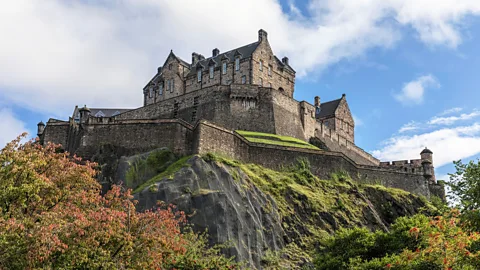
5. Edinburgh Castle, Scotland
Not all of Britain's haunted locations are found in sleepy villages and rural inns. London has a huge concentration of ghost stories, but so too does Scotland's capital, Edinburgh – with the most haunted spot in the city said to be its most famous building, Edinburgh Castle. Looming above the city from its seat on Castle Rock, a vast volcanic hill, Edinburgh Castle has existed in some form for almost 1,000 years, and it's accumulated plenty of myths and legends in that time.
Like many British castles and stately homes, the ghost of a Grey Lady has often been spotted here – in this instance, the spirit of Janet Douglas who was burned at the stake outside the castle in 1537. Other ghosts bear echoes of the Anglo-Scottish Civil War: one spirit sometimes reported is that of a headless drummer, who struck up a march in 1650 to warn of the oncoming threat of Oliver Cromwell, and is sometimes still spotted today drumming on the castle's battlements.
A ghostly black dog has also been seen roaming the castle. Most bizarre, though, is the spectre of a former prisoner who attempted to escape by hiding in a wheelbarrow full of manure – which was then tipped from a great height from the castle's battlements, sending him to an untimely death. This hapless prisoner is not just one of Britain’s more eccentric ghosts; he may be the only one who you smell before you see.
Source: BBC




















